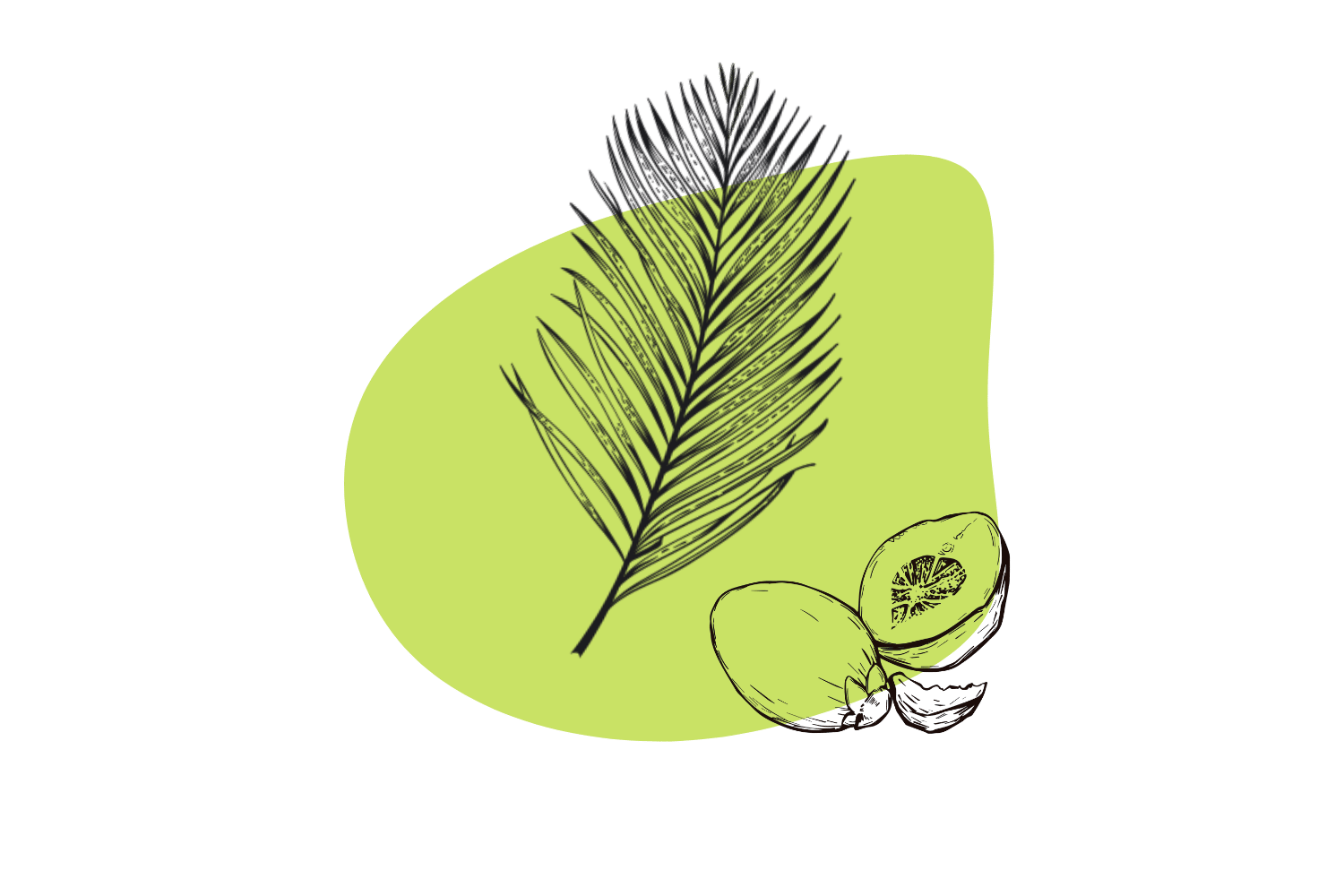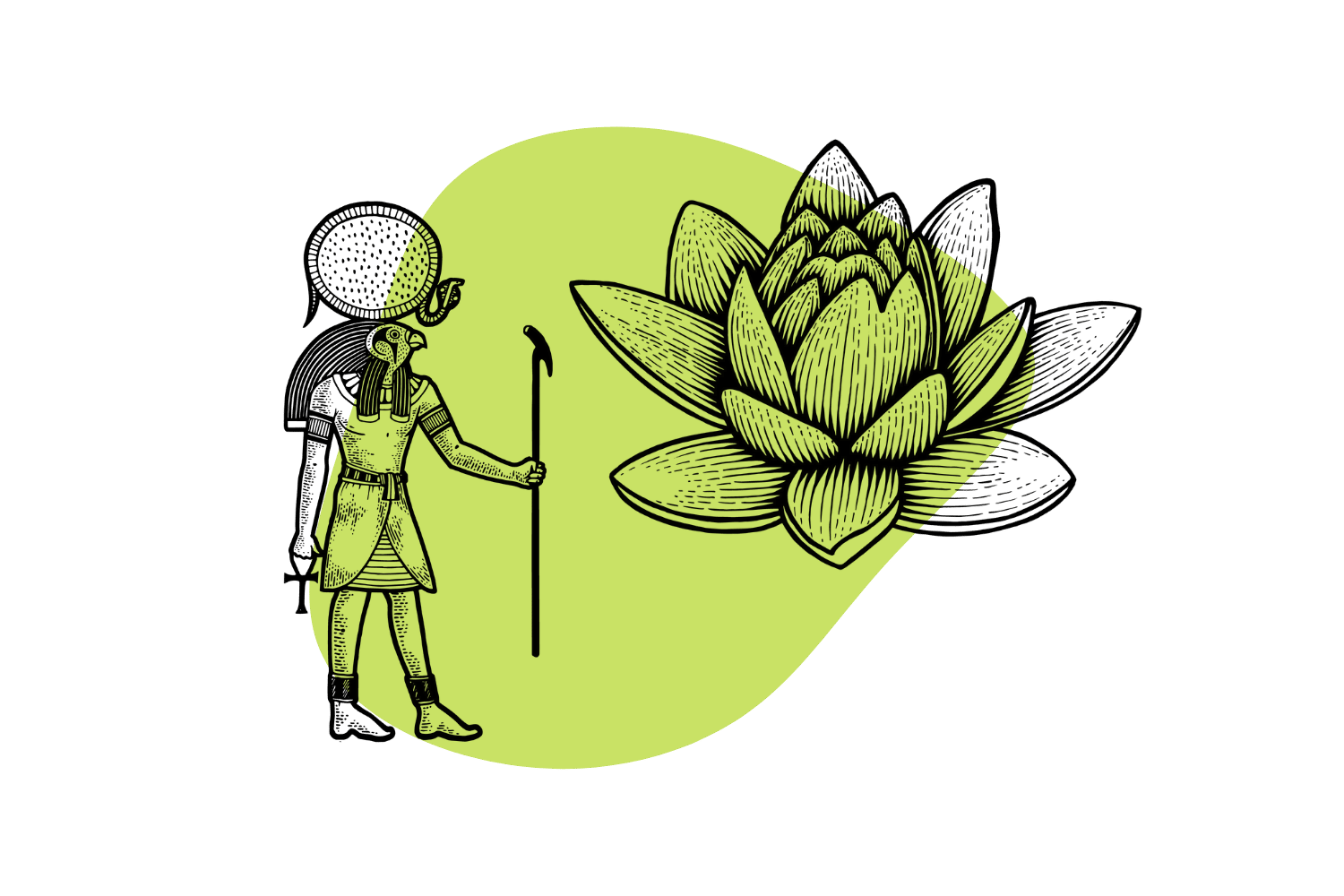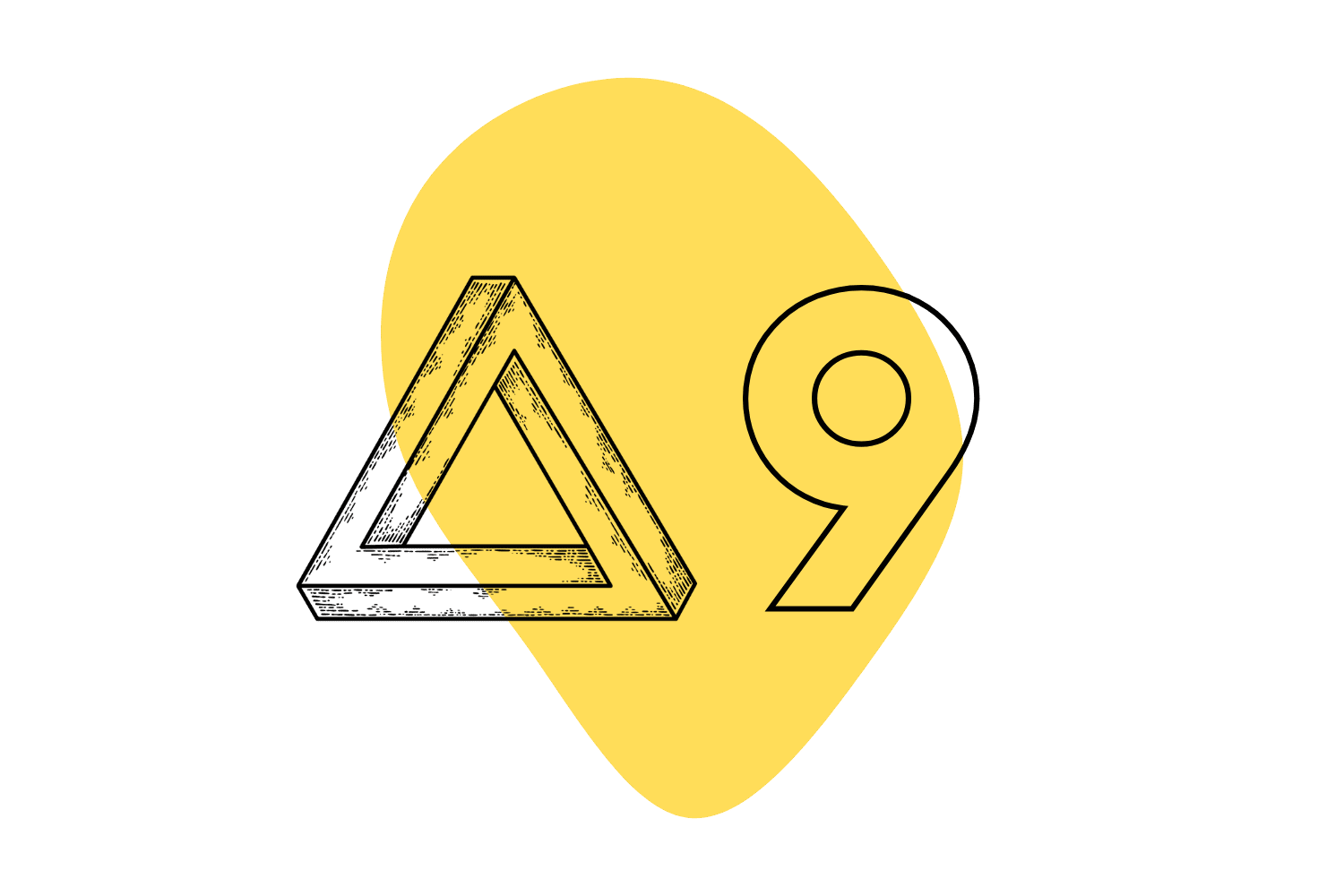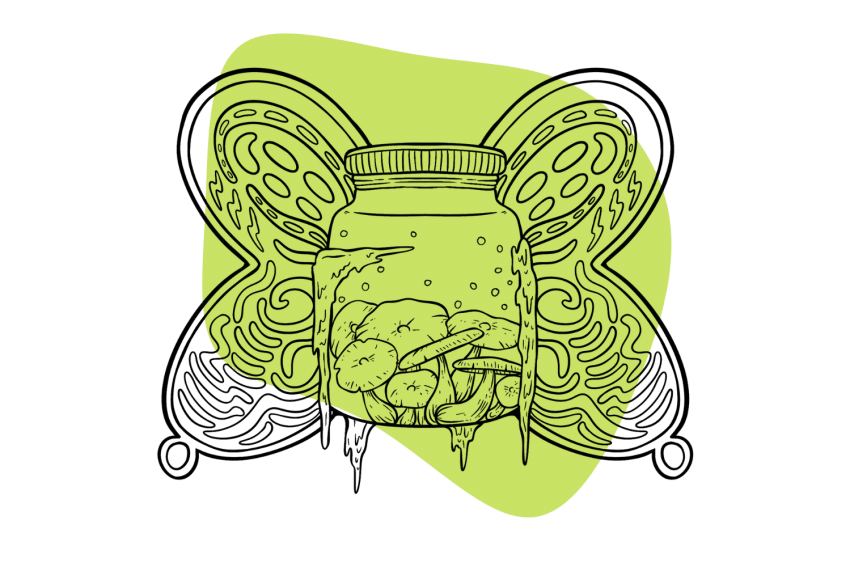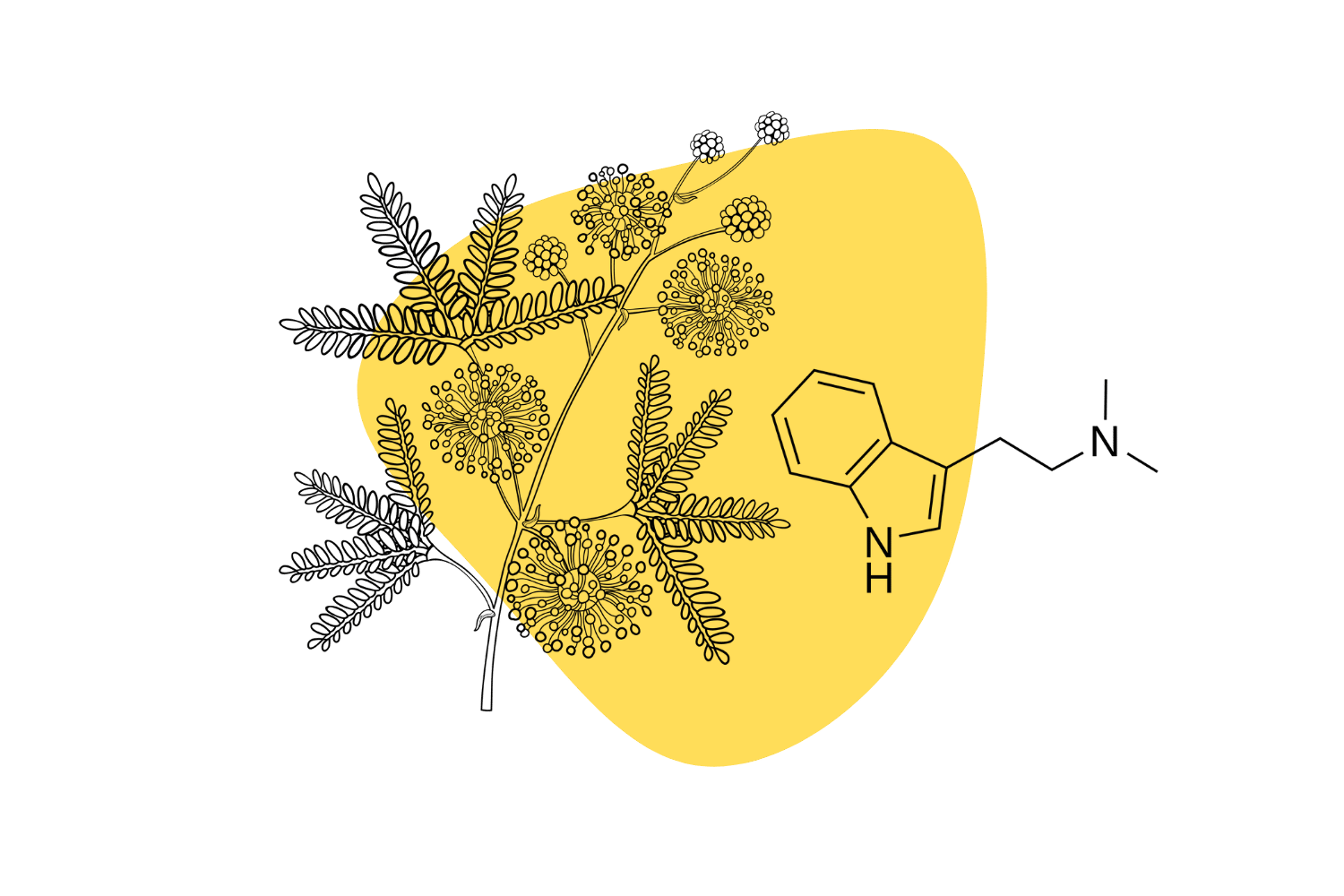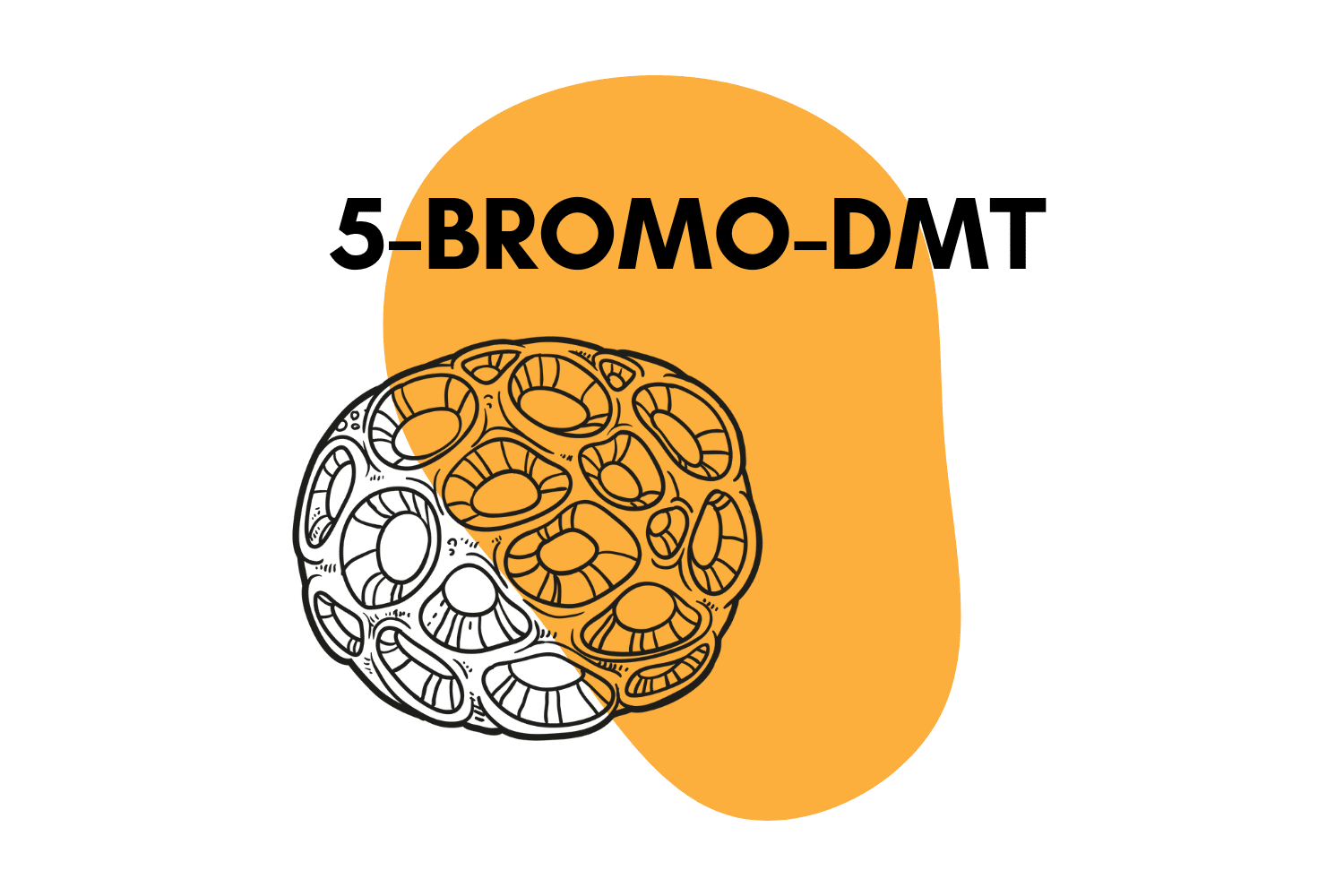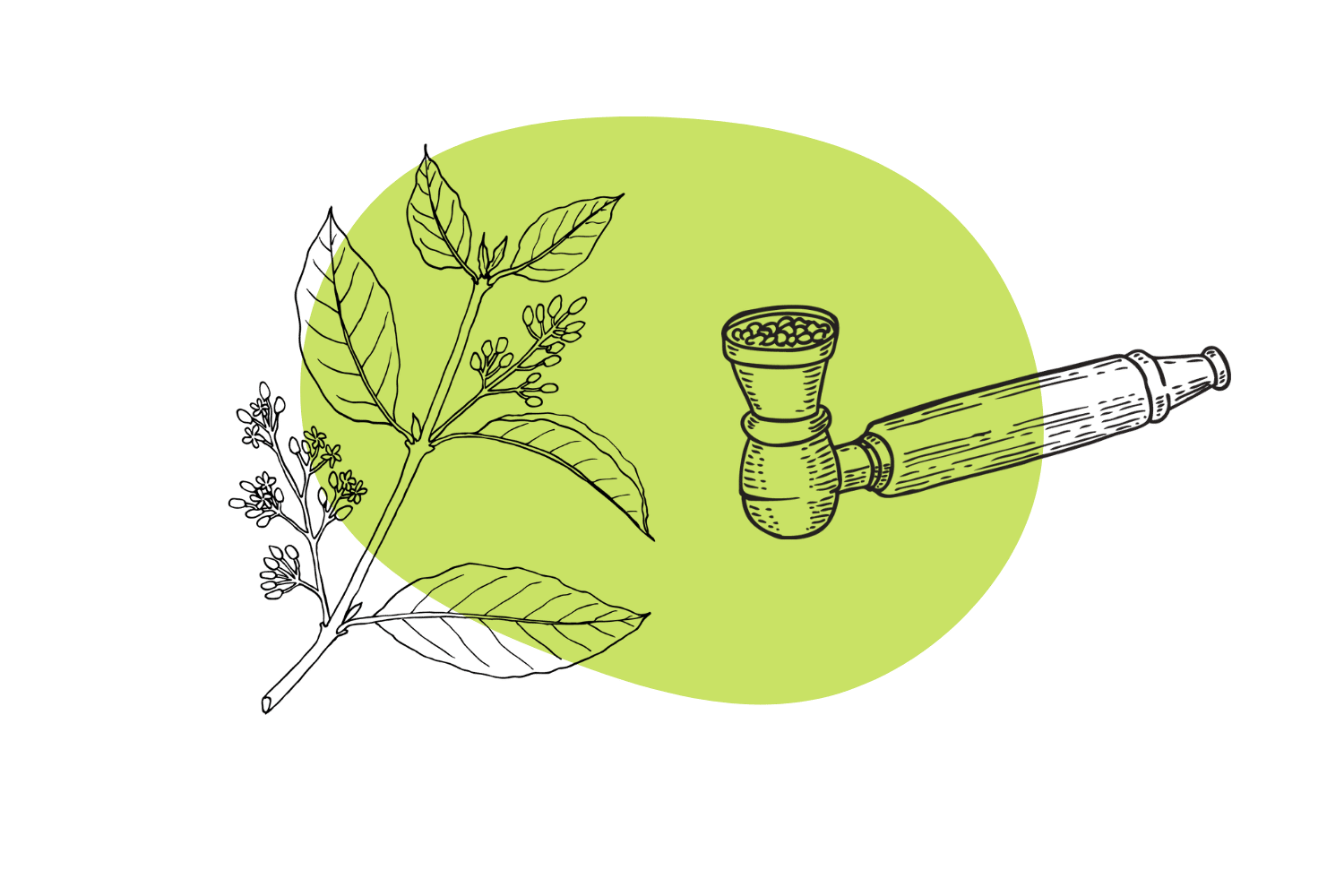Category: Natural Psychedelics
The natural world is full of psychedelic and other psychoactive substances.
In fact, most synthetic psychedelics are derived or inspired by naturally-occurring substances.
Many natural psychedelics are considered entheogens — a psychedelic used for sacrament, religion, or spiritual growth and development.
Common natural psychedelics include ayahuasca, the Colorado River toad, magic mushrooms, San Pedro or peyote (mescaline), morning glory seeds (LSA), or marijuana.
Areca nut is a natural stimulant that provides a slight psychoactive experience and heightened senses. This guide explains dosing, safety, benefits, and more.
Blue lotus tea has a long history of use in ancient Egypt for its ability to induce a trance-like state. Today, it’s used to facilitate lucid dreaming.
Delta 10 THC, a minor cannabinoid, is increasing in popularity and availability. This guide explains everything you need to know for safe use and enjoyment.
Delta 9 THC, the psychoactive component in marijuana, is one of the world’s most popular substances — alongside caffeine & nicotine. Here’s what you should know.
The more often you take magic mushrooms, the weaker the effects become. This is because of a concept called tolerance.
If magic mushrooms aren't stored properly, they become susceptible to mold, bacteria, & loss of the active ingredients. Learn how to store your shrooms properly.
DMT is surprisingly common in nature. It’s found in various plants, animals, and even a few species of sea sponges. Here are 18 plants that contain DMT.
5-Bromo-DMT (5-bromo-N,N-dimethyltryptamine) is commonly referred to as SpongeBob DMT due to its presence in several species of sea sponge.
Changa is a combination of an MAO inhibitor & DMT. Sometimes referred to as smokable DMT, changa is a profound, but short-lived psychedelic.
